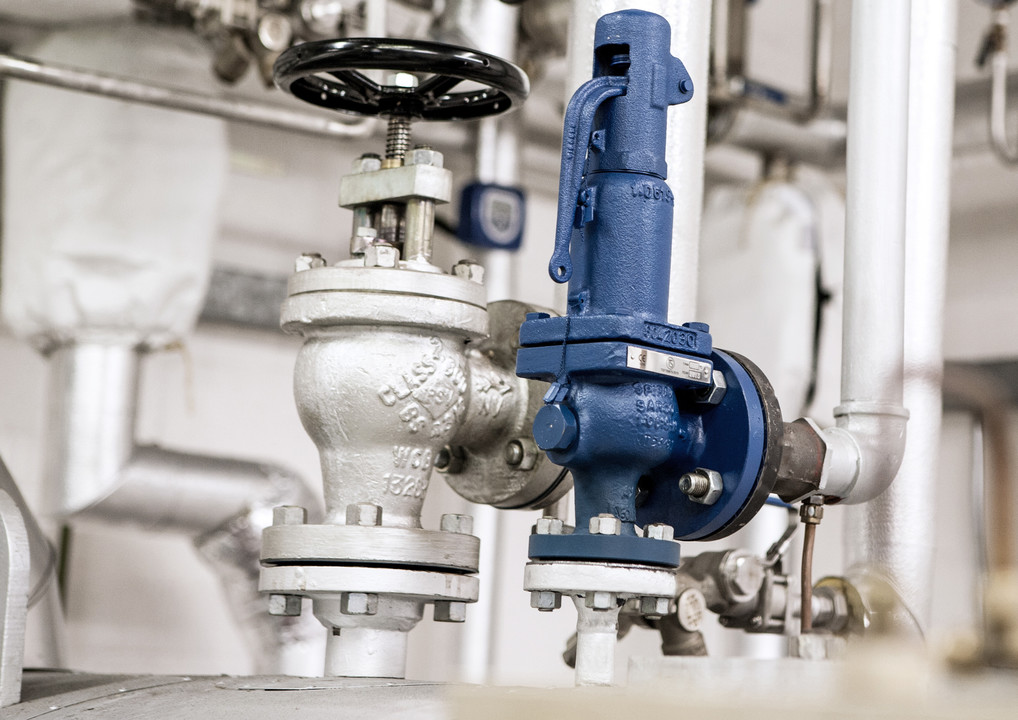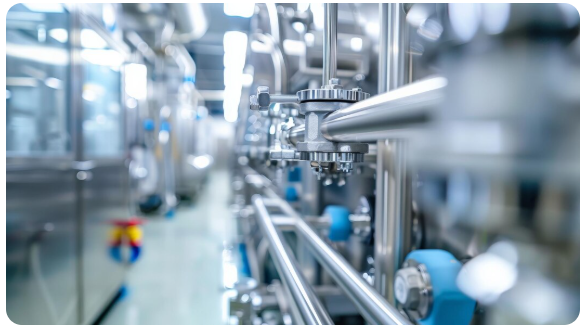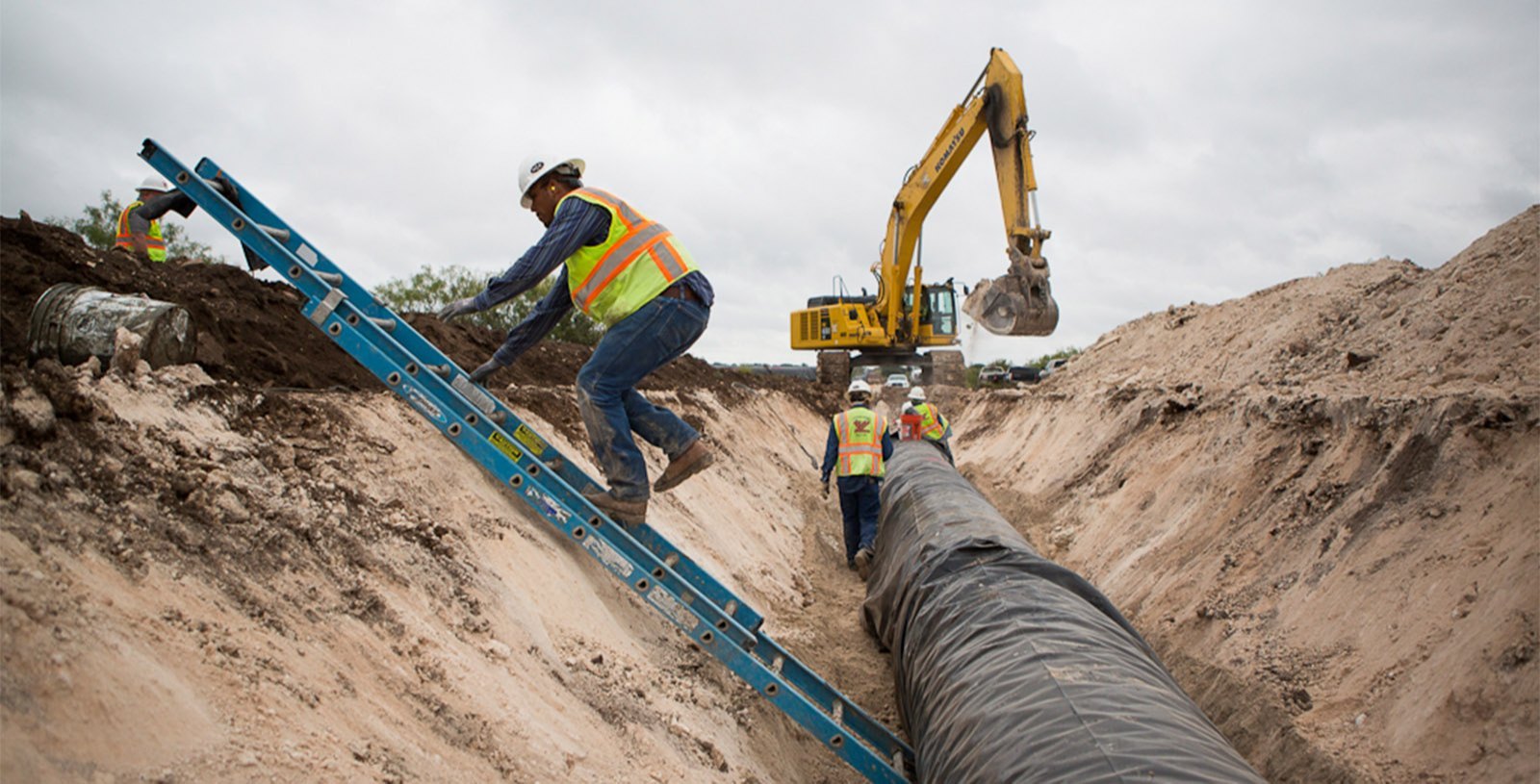Industrial systems, whether in manufacturing plants, chemical processing facilities, or power generation units, operate under high pressure and often involve hazardous materials. Ensuring the safety of these systems is not just a regulatory requirement; it is essential to protect both human life and expensive equipment. One of the most important components that contribute to this safety is the safety relief valve.
Understanding the Role of a Safety Relief Valve
A safety relief valve is a critical device designed to control pressure within industrial systems. Its primary function is to prevent excessive pressure buildup, which can lead to equipment failure or even catastrophic explosions. The valve operates automatically, releasing pressure when it reaches a certain level, ensuring that the system remains within safe operational limits. By doing so, it acts as a safety mechanism that protects both machinery and personnel.
Preventing Equipment Damage
Industrial systems are built to handle specific pressure levels. Exceeding these limits can damage pipes, pumps, and other critical components. A safety relief valve ensures that any sudden rise in pressure does not reach levels that could compromise the structural integrity of the system. By releasing excess pressure promptly, it prevents costly repairs, downtime, and potential replacement of damaged equipment. This not only safeguards the machinery but also contributes to the long-term efficiency of industrial operations.
Protecting Personnel from Hazards
Safety in industrial settings is paramount, especially when dealing with high-pressure systems or dangerous chemicals. A sudden pressure surge can pose severe risks to workers, including burns, injuries, or exposure to toxic substances. By regulating system pressure, a safety relief valve reduces the likelihood of accidents. Workers can operate with confidence knowing that the system has built-in safeguards to prevent unexpected and hazardous incidents.
Compliance with Industry Standards
Many industrial sectors are subject to strict safety regulations that require the installation of pressure control devices. Safety relief valves are often mandated by local and international standards for industries such as chemical processing, oil and gas, and power generation. Installing a safety relief valve ensures compliance with these regulations, helping companies avoid legal issues and potential fines. Moreover, adherence to these standards demonstrates a commitment to workplace safety and responsible operational practices.
Enhancing System Reliability
Consistent operation of industrial systems is essential for productivity and efficiency. Sudden shutdowns due to overpressure events can disrupt production schedules, causing delays and financial losses. A safety relief valve contributes to system reliability by maintaining pressure within the desired range. This ensures smooth and continuous operation, minimizing interruptions and maximizing productivity. Reliable systems also help build trust with clients and partners who depend on timely and safe production processes.
Choosing the Right Safety Relief Valve
Selecting the appropriate safety relief valve is critical to achieving optimal safety and performance. Factors such as system pressure, temperature, type of fluid, and chemical compatibility must be considered. Consulting with experts or following manufacturer recommendations ensures that the valve is properly sized and installed. A correctly chosen safety relief valve will operate efficiently, provide timely pressure relief, and extend the lifespan of industrial equipment.
Maintenance and Regular Inspection
Even the best safety relief valve cannot perform effectively without proper maintenance. Regular inspection and testing are essential to ensure that the valve functions correctly when needed. Industrial systems should include scheduled checks to identify any wear, corrosion, or blockages that might impair valve operation. Keeping the safety relief valve in optimal condition guarantees that it continues to protect both equipment and personnel reliably.
Conclusion
A safety relief valve is more than just a mechanical component; it is a vital safeguard that enhances the overall safety and efficiency of industrial systems. By preventing overpressure, protecting personnel, ensuring regulatory compliance, and improving system reliability, the valve plays a crucial role in modern industrial operations. Investing in a quality safety relief valve and maintaining it properly is a smart decision for any facility aiming to prioritize safety while maintaining high performance.




